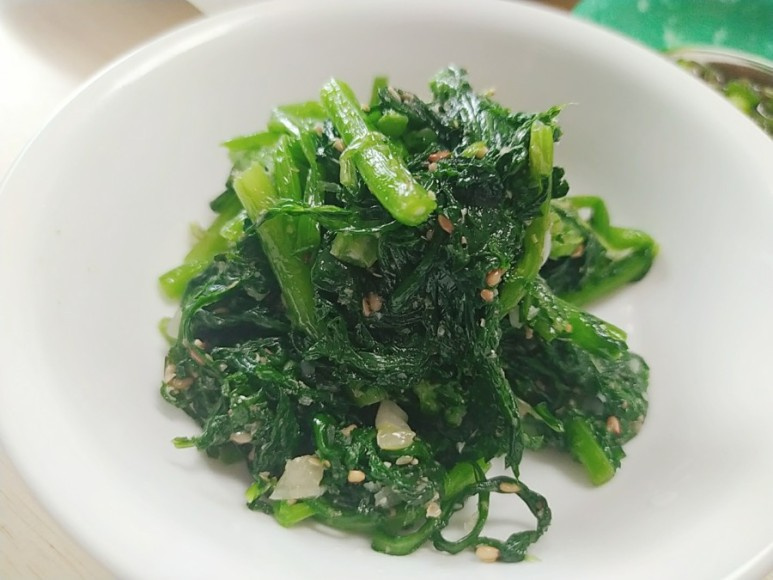
I'll teach you how to blanch fragrant crown daisy herbs.
Hello, I'm Henri.
I went to the mart and found a crown daisy was 1,980 won There's a lot, so I bought it to put it in udon and make vegetables.
It comes out in two lumps. There's a lot.There are so many, but farming is so cheap...
If I plant it at home, I don't eat it often, but I only see flowers, but if I see them at the mart, I want to eat them again.
I think there will be a lot of vegetables to eat alone, but I can mix them up and season them with a lot of vegetables.
4 serving
Within 20 minutes

앙리누나
- Ingredients
-
-
a crown daisy1/2pack
-
crushed garlic1/2spoon
-
sesame salt2spoon
-
Saltea
-
Sesame oil2spoon
-
- Cooking Steps
-
STEP 1/15When you open the crown daisy, remove the withered and yellow leaves and trim them.
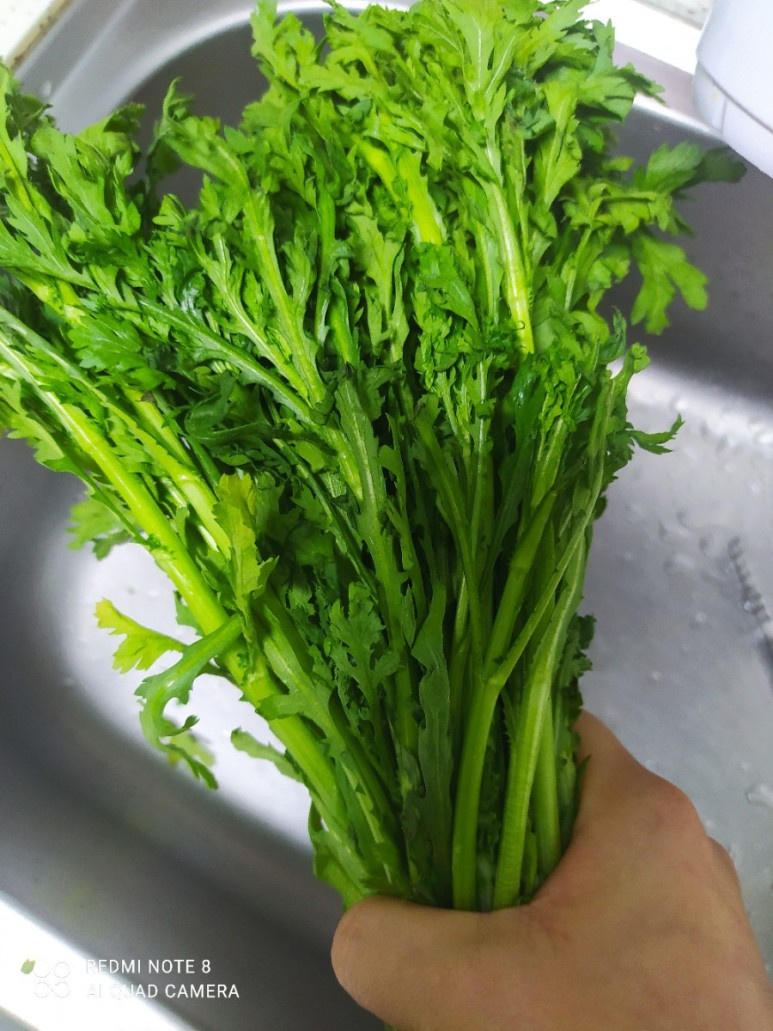 STEP 2/15Raise the water and add a spoonful of salt.
STEP 2/15Raise the water and add a spoonful of salt.
My mom told me that green vegetables turn blue when I blanch them, so I've been copying them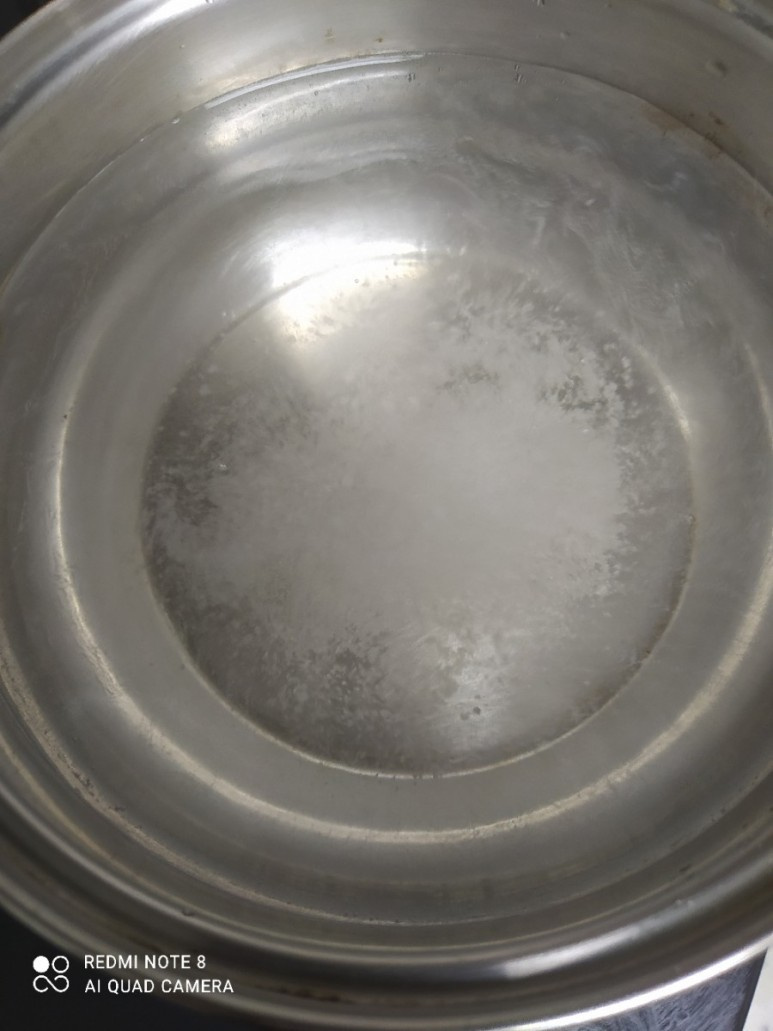 STEP 3/15When the water boils, grab the crown daisy leaf and put the crumpled stem in the boiling water first.
STEP 3/15When the water boils, grab the crown daisy leaf and put the crumpled stem in the boiling water first.
It depends on the thickness, but I'll put it on the bottom and count to 20 seconds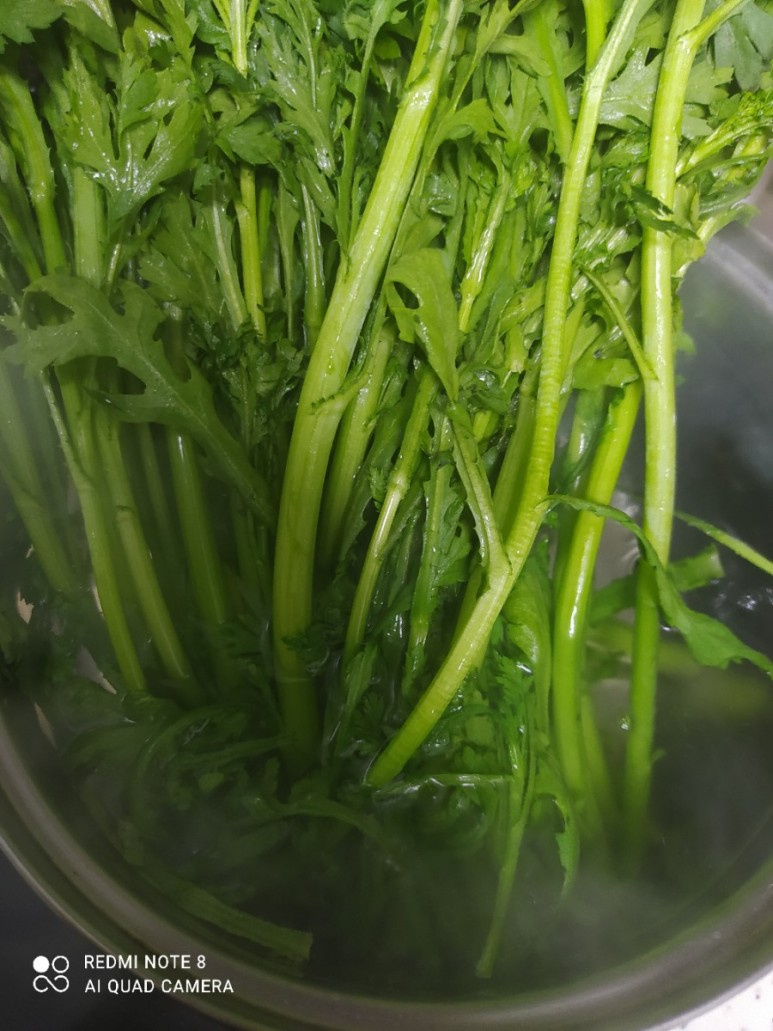 STEP 4/15After 20 seconds, I touched the thickest stem and it felt a little bent, so as soon as you put the leaves in the hot water, you can take them out from the inside out.
STEP 4/15After 20 seconds, I touched the thickest stem and it felt a little bent, so as soon as you put the leaves in the hot water, you can take them out from the inside out.
The leaves are weak, so you have to take them out as soon as they get into the really hot water.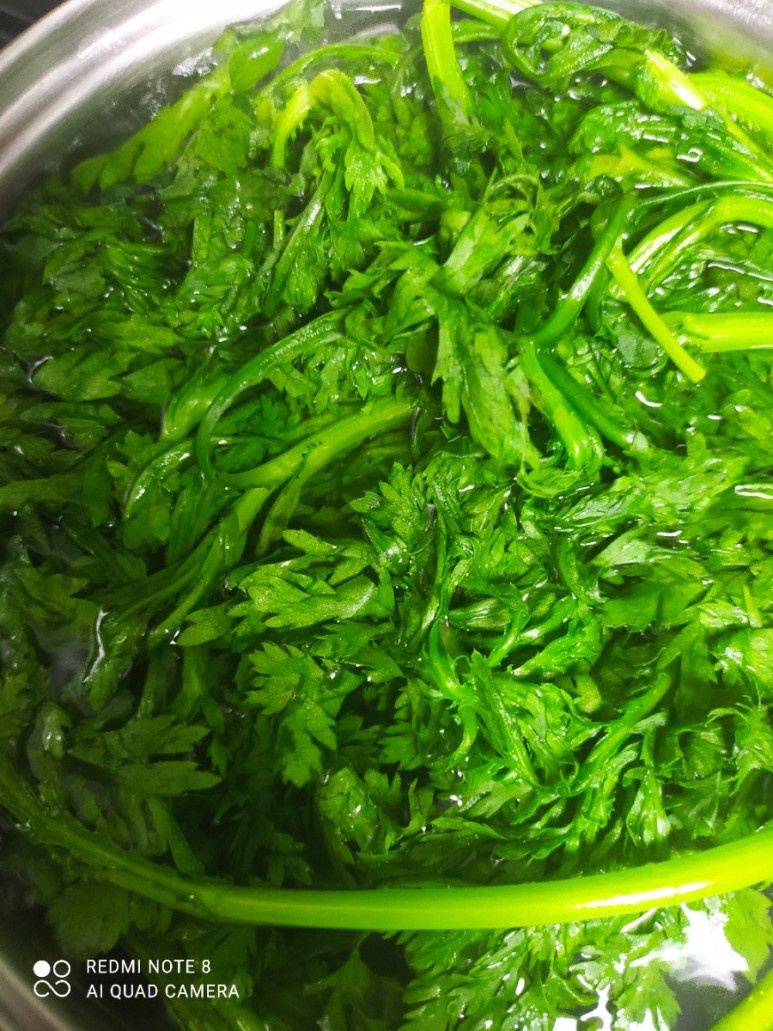 STEP 5/15Put it on the tray and cool it down with cold water
STEP 5/15Put it on the tray and cool it down with cold water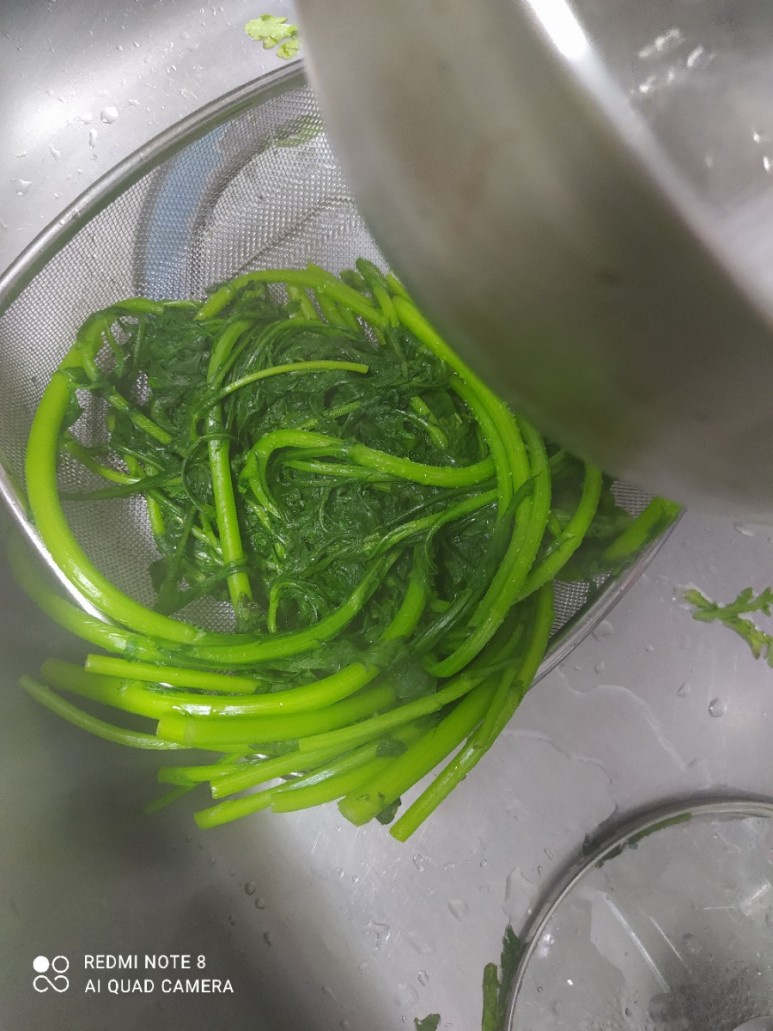 STEP 6/15Put cold water back in the pot and rinse several times.
STEP 6/15Put cold water back in the pot and rinse several times.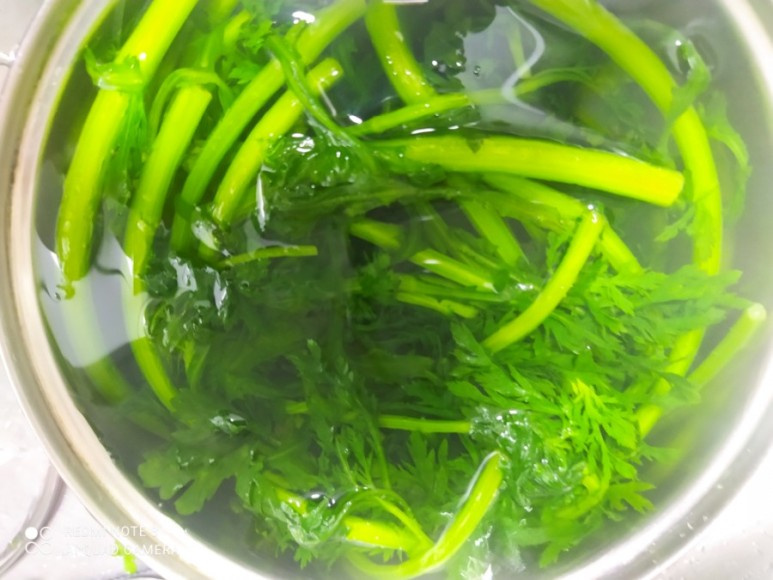 STEP 7/15I took it out on a strainer tray. Squeeze the water out and cut it into the desired size.
STEP 7/15I took it out on a strainer tray. Squeeze the water out and cut it into the desired size.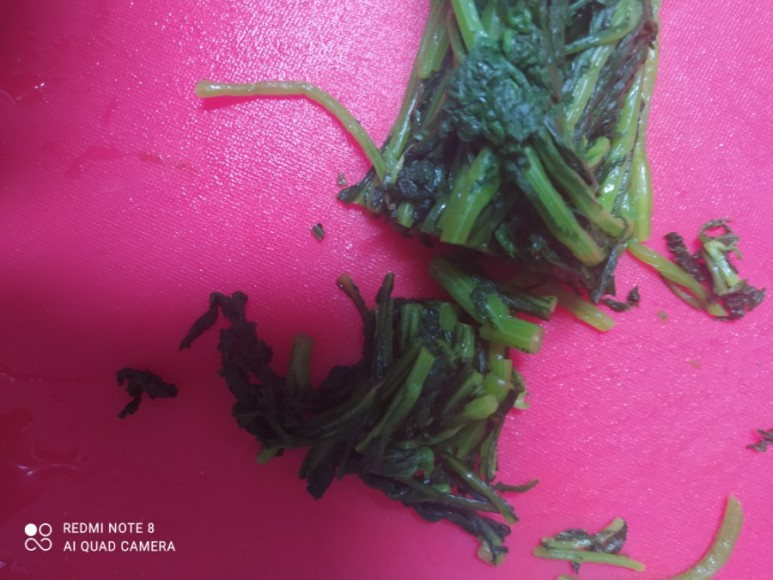 STEP 8/15If the stem is still burdensome here, press the stem with a knife and pop it.
STEP 8/15If the stem is still burdensome here, press the stem with a knife and pop it.
Then it's easier to eat it later. I don't feel like I'm playing separately when I chew.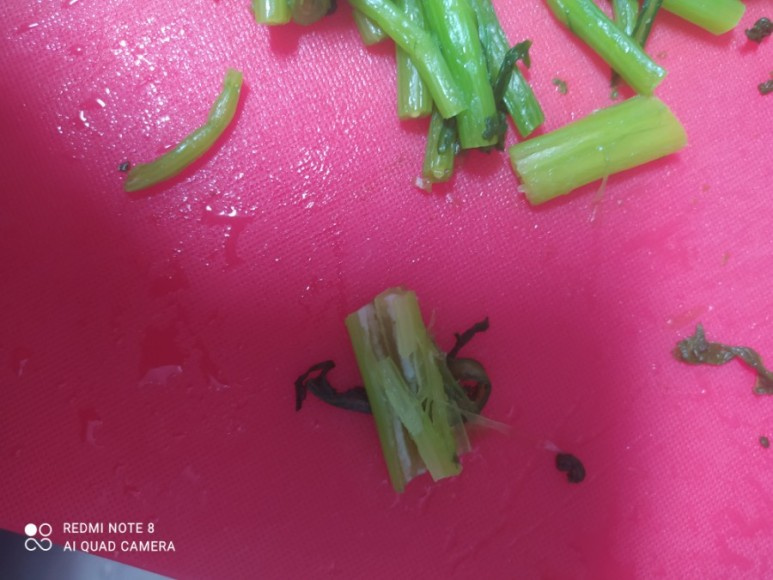 STEP 9/15Put the crown daisy in a bowl
STEP 9/15Put the crown daisy in a bowl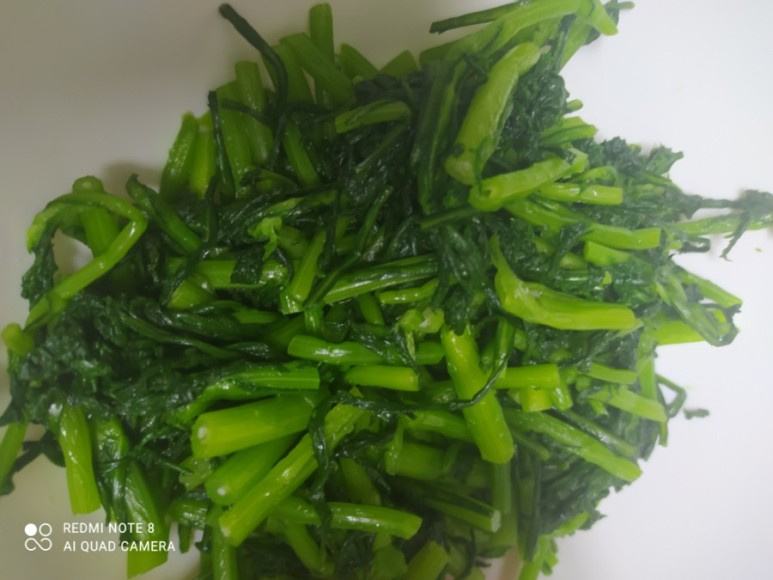 STEP 10/15Half a spoonful of minced garlic rice
STEP 10/15Half a spoonful of minced garlic rice STEP 11/152 spoons of sesame oil and rice
STEP 11/152 spoons of sesame oil and rice STEP 12/15Two rice spoons of sesame salt
STEP 12/15Two rice spoons of sesame salt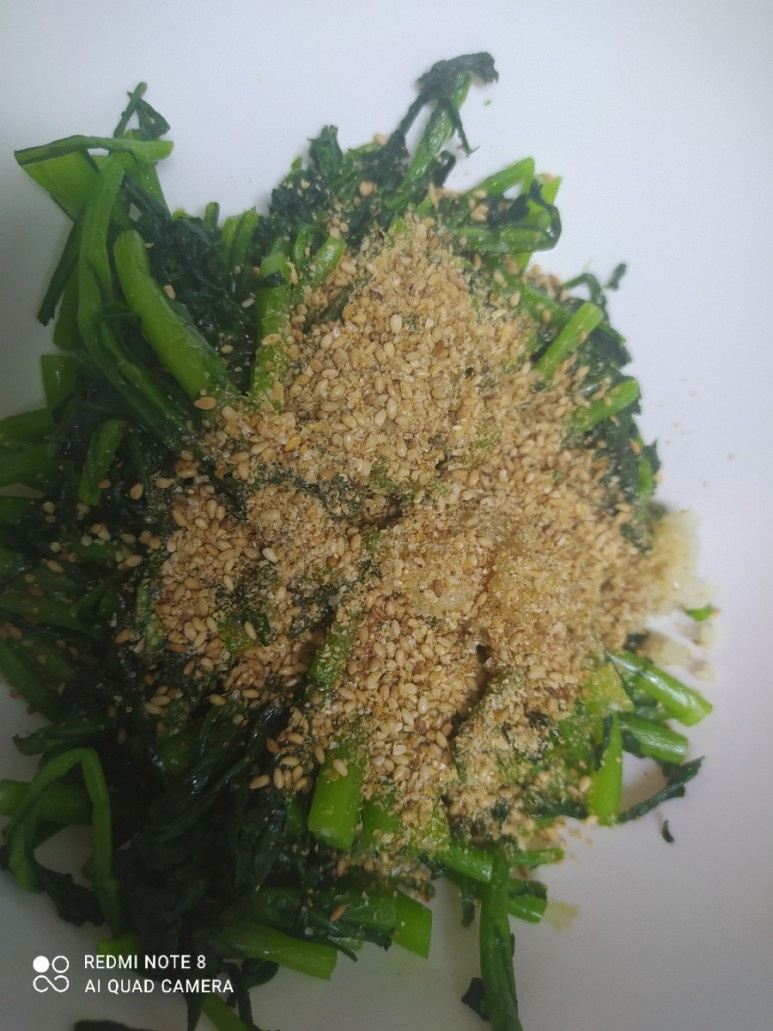 STEP 13/15Please mix it well. When you season the blanched vegetables, you have to season them well and it's delicious.
STEP 13/15Please mix it well. When you season the blanched vegetables, you have to season them well and it's delicious.
It's bland when I taste it after adding only sesame salt. If you season it with flower salt, the crown daisy is done.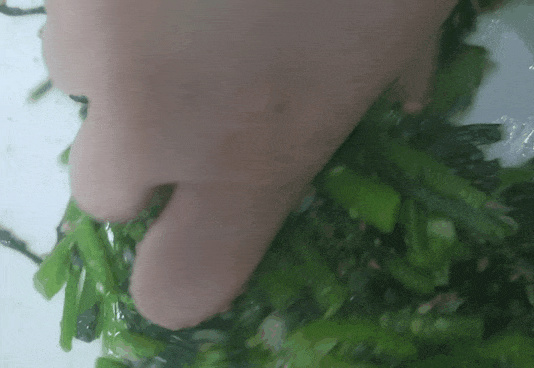 STEP 14/15I'm done with the fragrant crown daisy.
STEP 14/15I'm done with the fragrant crown daisy.
The crown daisy vegetables are so good.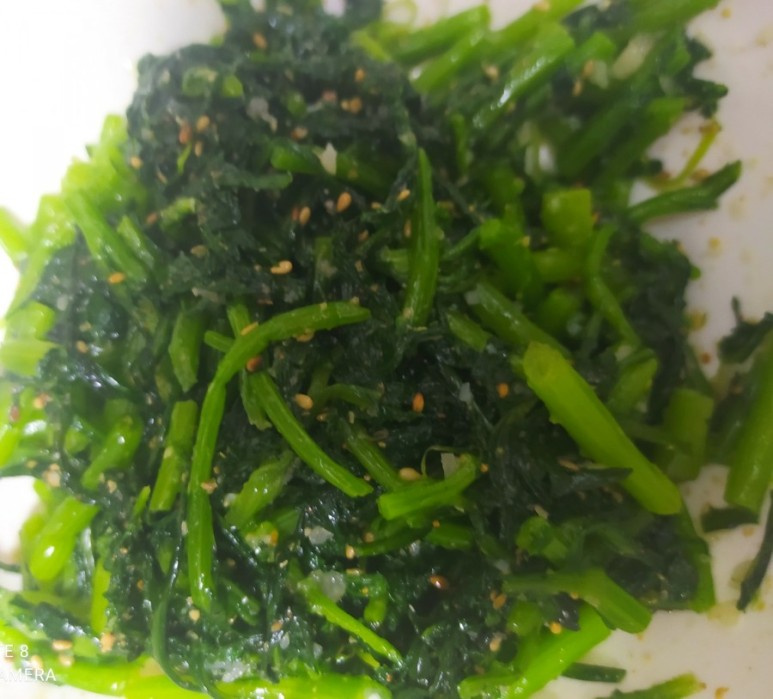 STEP 15/15I ate a bowl of mugwort vegetables today.
STEP 15/15I ate a bowl of mugwort vegetables today.
I think I can mix the crown daisy and bean sprouts tomorrow.
Mugwort leaves smell good and taste good.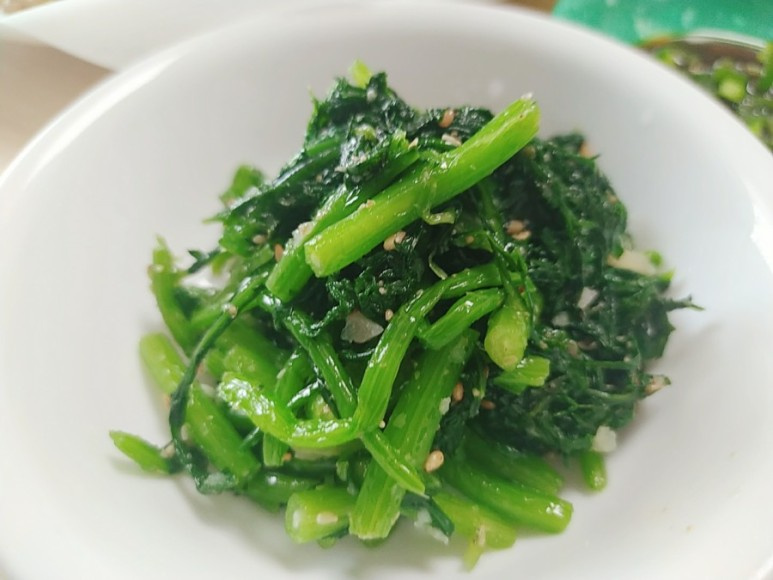 If the stems are thick when blanching crown daisy, we need more time to blanch them.
If the stems are thick when blanching crown daisy, we need more time to blanch them.
- Japchae Recommended recipe
-
-
1
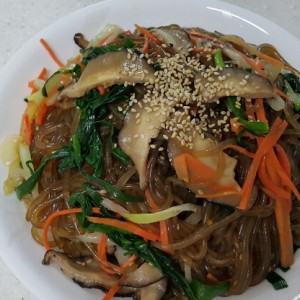 A more delicious japchae with a golden recipe4.87(15)
A more delicious japchae with a golden recipe4.87(15) -
2
 I make japchae really simple, too. Stir-fried japchae4.72(18)
I make japchae really simple, too. Stir-fried japchae4.72(18) -
3
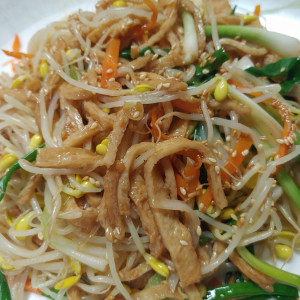 Bean sprout fish cake japchae4.83(36)
Bean sprout fish cake japchae4.83(36) -
4
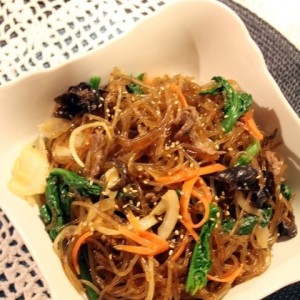 If you don't watch it, you'll regret it - super fast japchae gol4.71(28)
If you don't watch it, you'll regret it - super fast japchae gol4.71(28)
-
- Bibimbap Recommended recipe
-
-
1
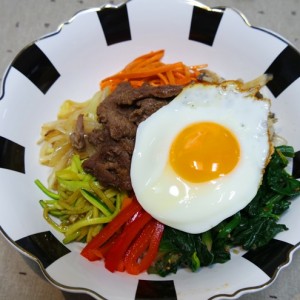 How to make 'Yoon's Kitchen Bibimbap5.00(8)
How to make 'Yoon's Kitchen Bibimbap5.00(8) -
2
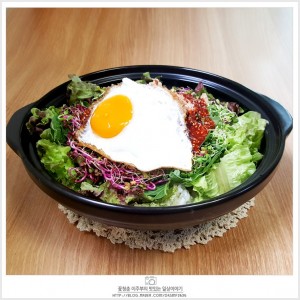 [One bowl recipe] Tuna sprout bibimbap, sprout bibimbap, seasoni4.93(68)
[One bowl recipe] Tuna sprout bibimbap, sprout bibimbap, seasoni4.93(68) -
3
 The menu that the actress ate. Super simple avocado pollack bibi4.98(48)
The menu that the actress ate. Super simple avocado pollack bibi4.98(48) -
4
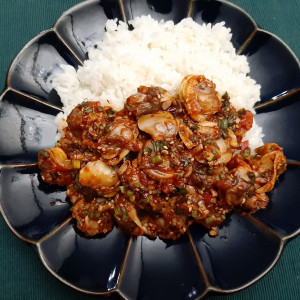 Eating cockle bibimbap at home4.98(101)
Eating cockle bibimbap at home4.98(101)
-